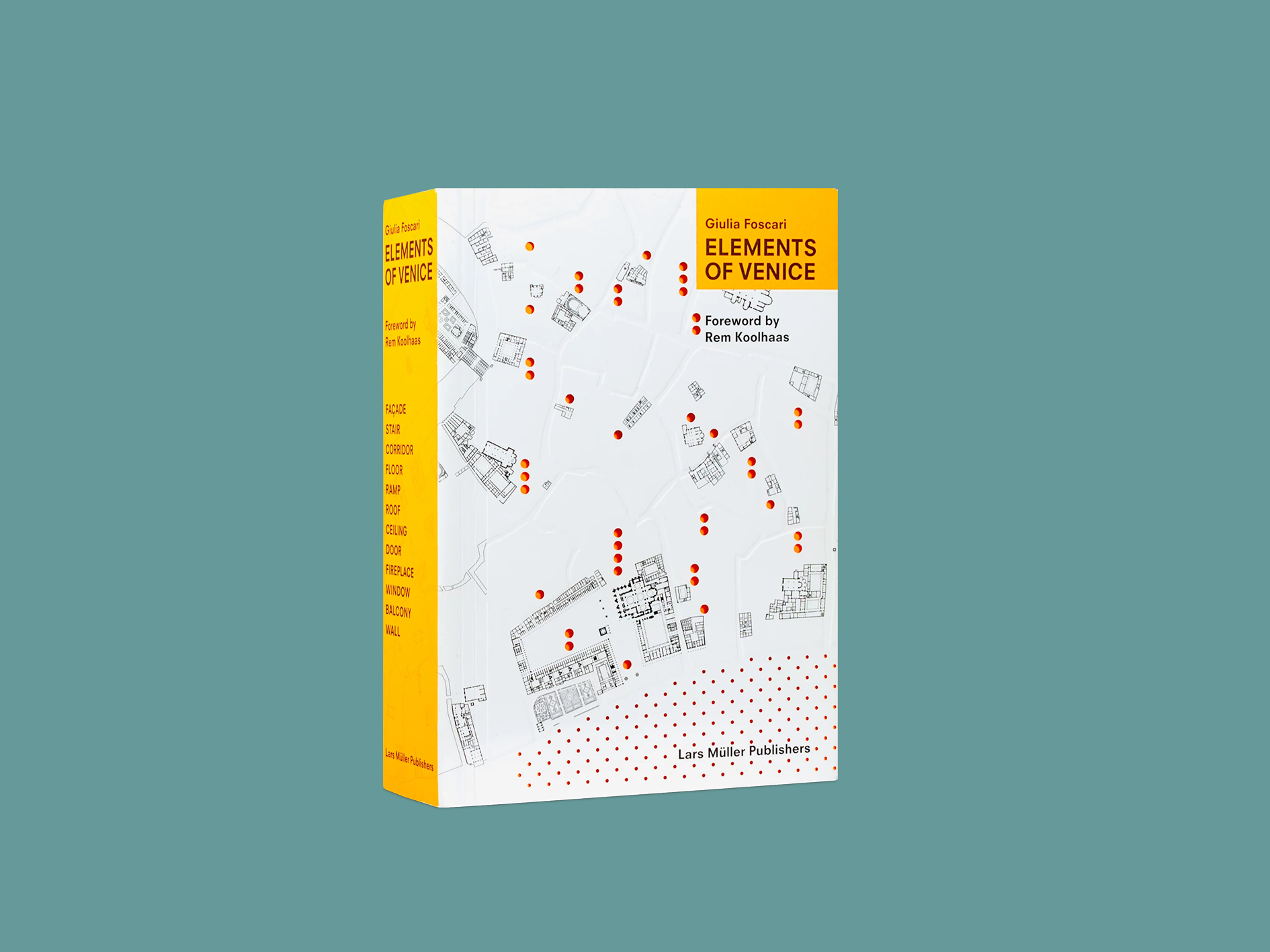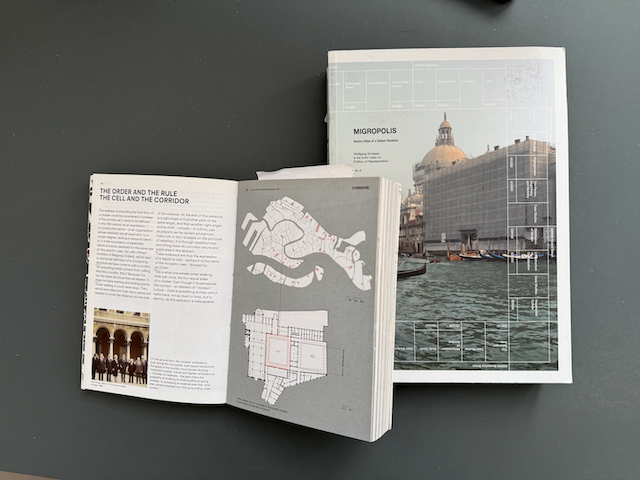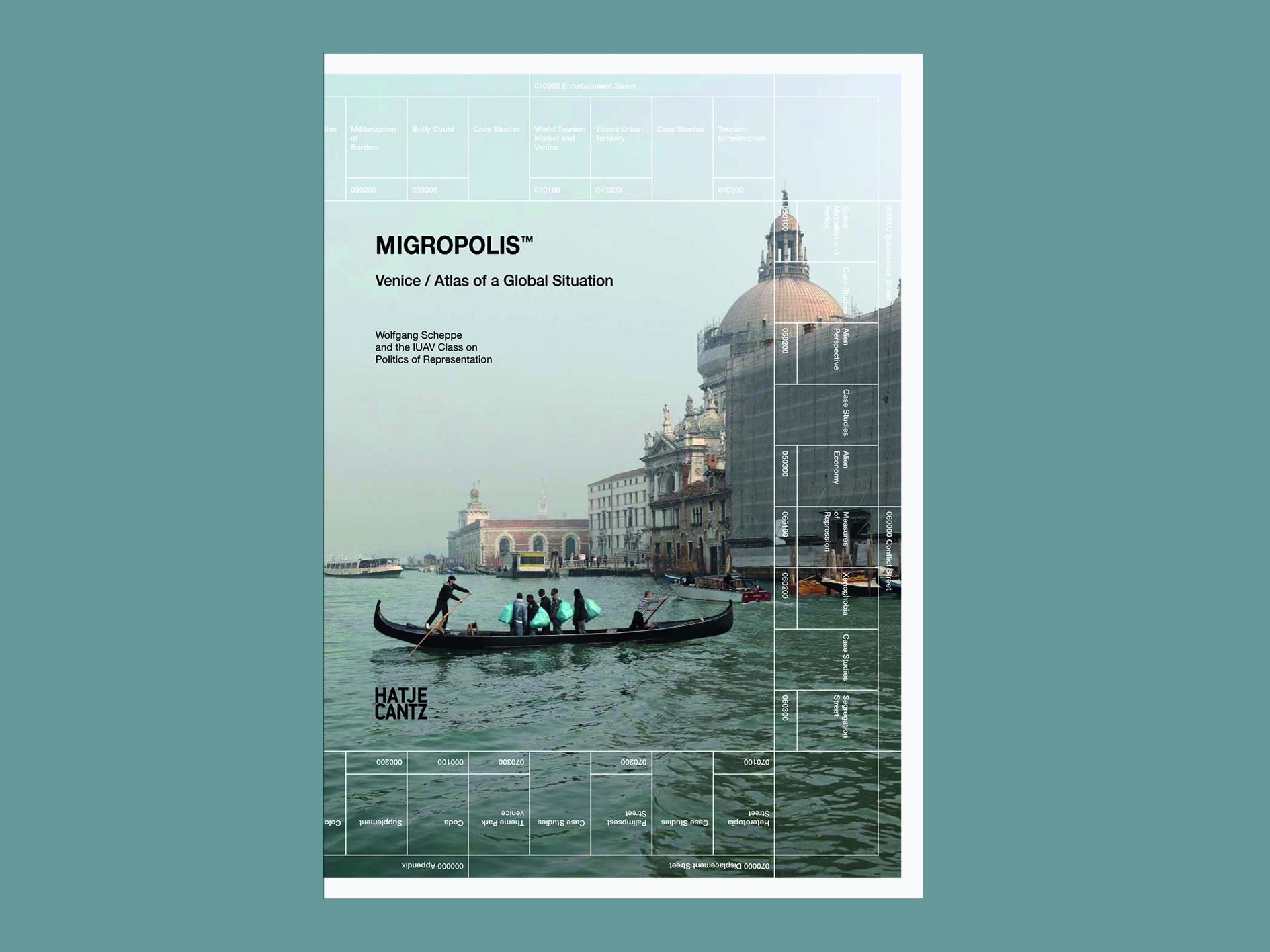Two book recommendations for Venice fans with a spirit of discovery: Giulia Foscari's ‘Elements of Venice’ and Wolfgang Scheppe's ‘Migropolis. Venice / Atlas of a Global Situation’
The best Venice books are out of print, which is strange, but it is certainly the case with several titles. They can still be found in second-hand bookshops - and with a bit of luck and research you can also find these two book recommendations. They are among the really intelligent handbooks on Venice - they never cease to amaze.
Migropolis. Venice / Atlas of a Global Situation by Wolfgang Scheppe
You have to imagine Wolfgang Scheppe as a polymath. His book ‘Migropolis’ takes the city of Venice as a starting point to trace global flows of goods and migration movements. Who does the washing up in the kitchens, who sells counterfeit handbags and where do they come from? The author also lives in the lagoon city himself and occasionally runs an exhibition space there, where he rediscovered the ingenious car designer Paul Jaray. His most recent book was published with barricade photos from Paris in May ‘68, tracked down in the police archives. And a catalogue on the colouring stencils of kimono prints will soon be published by Scheidegger & Spiess. Wolfgang Scheppe is a universal scholar.
Oliver Elser
Wolfgang Scheppe, IUAV Class on Politics of Representation (edd.), ‘Migropolis. Venice. Atlas of a Global Situation’, with contribution from: Giorgio Agamben, Valeria Burgio, Wolfgang Scheppe, October 2009, 1344 pages, 2078 photographs, 2 volumes, Hatje Cantz, Berlin 2009. ISBN: 978-3-7757-2485-2

Elements of Venice by Giulia Foscari
Giulia Foscari researched the elements of Venice for the 2014 Architecture Biennale, curated by Rem Koolhaas. Her small, almost 700-page book ‘Elements of Venice’ is divided into individual chapters according to architectural elements, just like the main exhibition at the Architecture Biennale: Stairs, façades, corridors, ramps, windows, balconies, walls... Those who delve into the individual chapters will learn a lot about the peculiarities of Venetian architecture and about its history: on the construction of the Sansovino façade of the Biblioteca Marciana in the Piazetta, on the methods of urban densification in the 16th century, on magnificent wooden ceiling constructions, on the water gates of the palaces on the Grand Canal. The book is full of case studies, from corner windows from the Middle Ages to the Gino Zucchi building on Campo Junghans from 2002. Anyone who wants to understand Venice's architecture and history should pick up this book again and again. It is well worth it!
Sandra Hofmeister
Giulia Foscari, „Elements of Venice”, paperback with a foreword by Rem Kolhaas, 296 pages, paperback, Lars Müller Publishers, Zurich 2014, ISBN 978-3-03778-429-7

